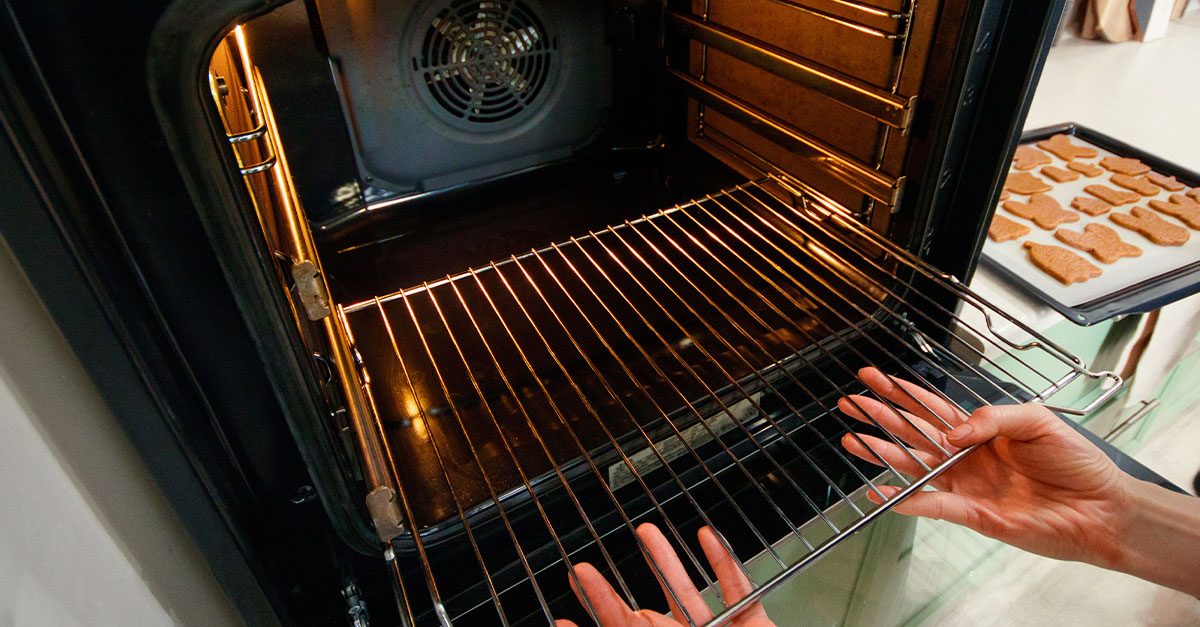;)
Ham is the hind leg cut of a pig which can be preserved and prepared in a variety of ways. Cooking ham can be a tricky chore because it is usually pre-cooked and of a large size. Here are some mistakes that you must avoid making if you want to cook yours perfectly.
1. You cook your ham cold

For best results, experts advise letting the ham sit on the kitchen countertop for about an hour or until it attains room temperature before cooking. This helps you avoid shocking the ham with a sharp temperature change from cold to extreme hotness in an oven, which may cause uneven cooking or a raw middle.
2. You use the wrong kind of ham
There are two common kinds of ham available to purchase: country hams and city hams. The city ham, which is typically wet-cured and pre-cooked, is best suited for holiday dinner recipes. On the other hand, country hams are dry-cured, may be smoked and can be eaten just as they are since they are preserved.
3. You cook your ham at a one extremely high temperature

The ideal cooking conditions for ham is low, slow, and at an even temperature. Most recipes will direct that you cook the ham quickly at 375-degree while some others advise cooking it for longer at a lower temperature of about 300-325 degrees. It has been proven that the latter method guarantees perfectly cooked and flavorful ham.
4. You don't score the skin of the ham
Scoring the skin of the ham simply means cutting slightly into the skin in a crisscross pattern across the entire surface. This promotes fat rendering and allows the briny glaze to penetrate into the meat fibres and not just remain on its surface.
5. You don't line your oven pan

NEVER forget to line the oven pan with a heavy-duty foil before placing the ham on it. This will prevent the ham from sticking to the bottom of the pan, preserving its structure throughout cooking. Even better, it makes cleaning easy to do!
6. You don't check the temperature of the ham correctly
Ham is typically thick cut which sometimes makes checking the internal temperature difficult to do. To properly test the temperature of your ham for doneness, make sure the meat thermometer gets very close to the bone to ensure you’re getting a reading from one of the deepest points of the meat. A properly cooked ham will have an internal temperature of 145 degrees but, ensure you remove it from the oven before it attains this final temperature.
7. You glaze your ham too early

Glazing is required for a flavorful ham dish but you must do it at the perfect time which is just 20-30 minutes before your ham is scheduled to be done to make sure you don’t overcook it. If you apply the glaze too early, it may cause the skin to burn slightly.
8. You drown the ham in marinade concoctions
Although it may seem like the perfect thing to do, drowning your ham in wet savory mixtures may prevent you from getting perfect texture. Instead of pre-bathing the ham, or basting it throughout the cooking process, add a half cup of stock, wine, or water to the bottom of the pan while it’s cooking. Cover the baking tray with foil to lock in moisture while the ham cooks, only removing it when you’re ready to move on to the glazing process.
9. You use premade glaze packets

A prepackaged glaze mixture may help you save time but it can never provide the quality flavors that a homemade mix can. There are tons of simple glaze recipes to choose from, depending on your taste preference for the ham dish — and they'll only take a few minutes to prepare!
10. You don't let the ham rest after cooking
Like steak, ham needs to rest for a few minutes after cooking before cutting. The recommended rest time is 20 minutes, which may seem like a long stretch but is required if you want a moist and flavorful ham.
Enjoy!
;Resize,width=712;)
;Resize,width=712;)
;Resize,width=712;)
;Resize,width=767;)
